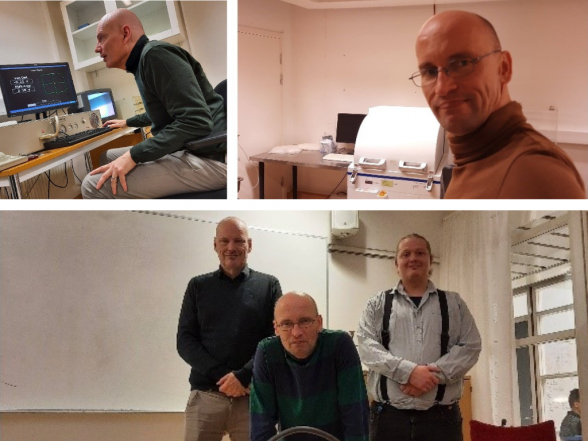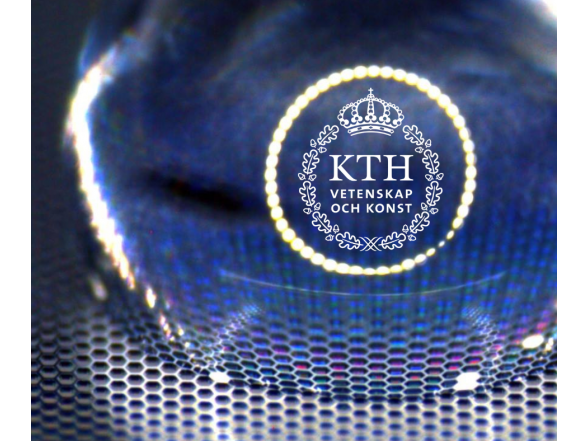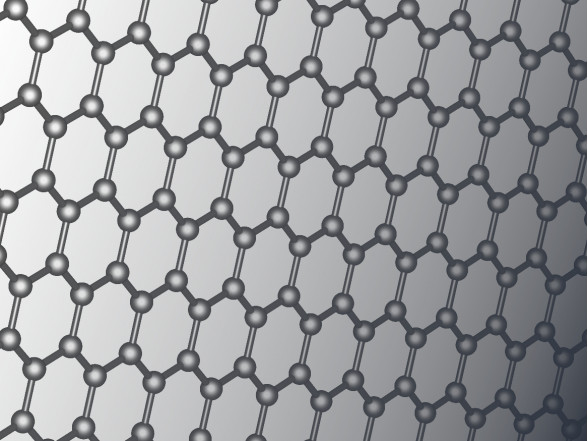From October 28 to November 1, the leading researcher from the ISSP UL’s Laboratory of Visual Perception, Dr. Phys. Varis Karitāns, participated in a productive meeting at the CAMART2 consortium partner Royal Institute of Technology (KTH) in Kista, Stockholm. The meeting focused on the advancement of the demonstrator project titled “Nanostructured microlenses for phase retrieval from far-field coded diffraction patterns.” This event brought together key researchers and colleagues, including Mattias Hammar, Axel Stromberg, and Olof Sjodin.
The primary focus of the discussions revolved around the evaluation of the optical quality of materials utilized in the project, specifically Si/Cr/Au/Ge/SiO2, which was assessed using atomic force microscopy (AFM). The team reviewed the results from the AFM analysis, which provided critical insights into the surface characteristics and overall quality of the nanostructured microlenses.
A significant portion of the discussions was dedicated to outlining the necessary steps to enhance the sample’s quality prior to further processing stages, which include dicing, polishing, and bonding. The team emphasized the importance of these improvements to ensure the successful development of the microlenses.
Throughout the meeting, various potential structures and deposition methods were analyzed, fostering a collaborative environment where innovative ideas could flourish. The group also explored opportunities for cooperation with a Swedish company specializing in wafer polishing, which could significantly benefit the project’s material processing capabilities.
As the team prepares for the next phase of the project, they are committed to implementing the strategies discussed during the meeting. The insights gained from this collaboration are expected to drive the project forward, paving the way for future advancements in nanostructured optics.
The discussions held at KTH were instrumental in refining the project’s direction and setting actionable goals. The collaboration between the involved parties demonstrates a strong commitment to pushing the boundaries of optical technology and advancing the field of phase retrieval through innovative methodologies. The team looks forward to their next visit, where they will continue to build on the progress made during this pivotal meeting.



